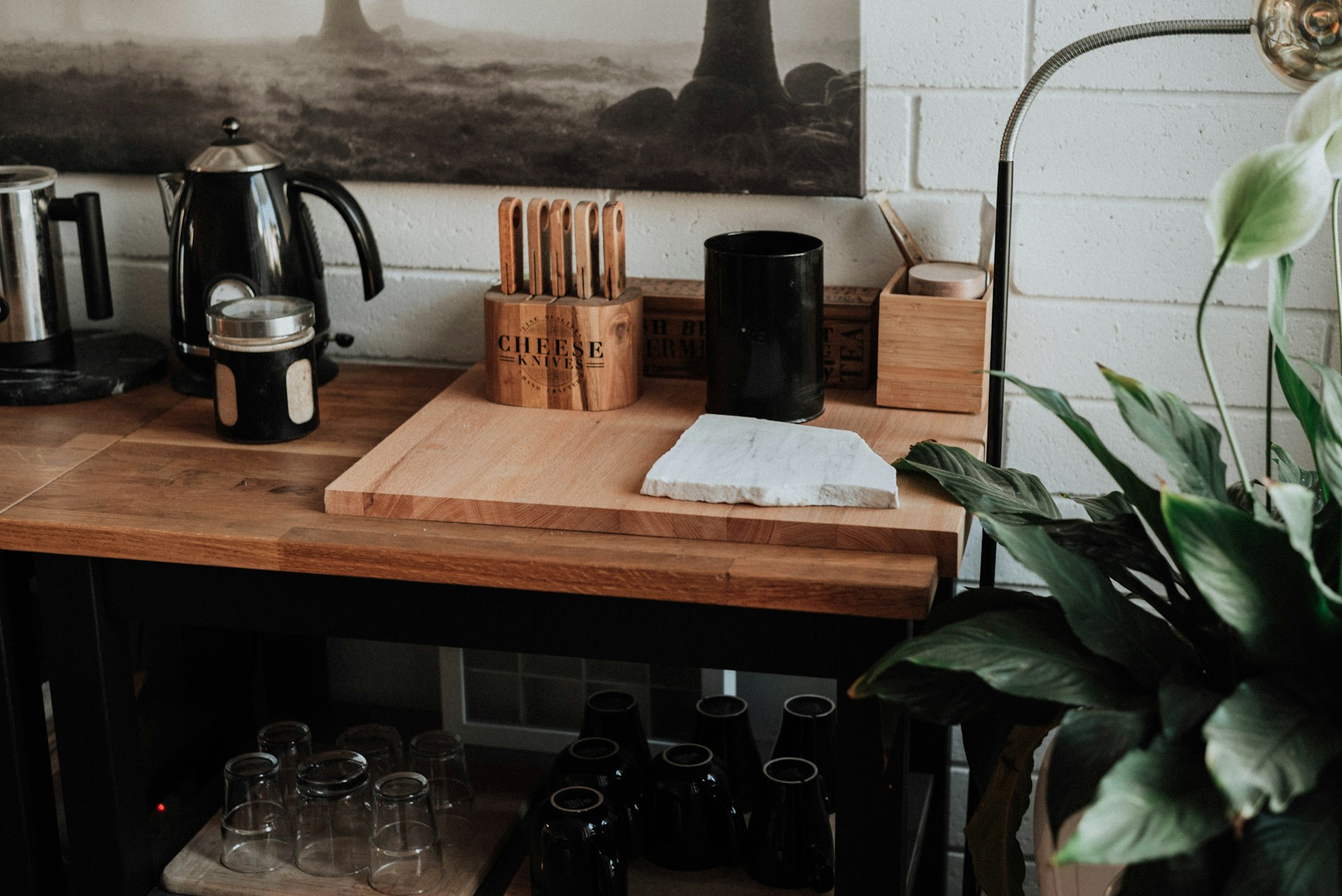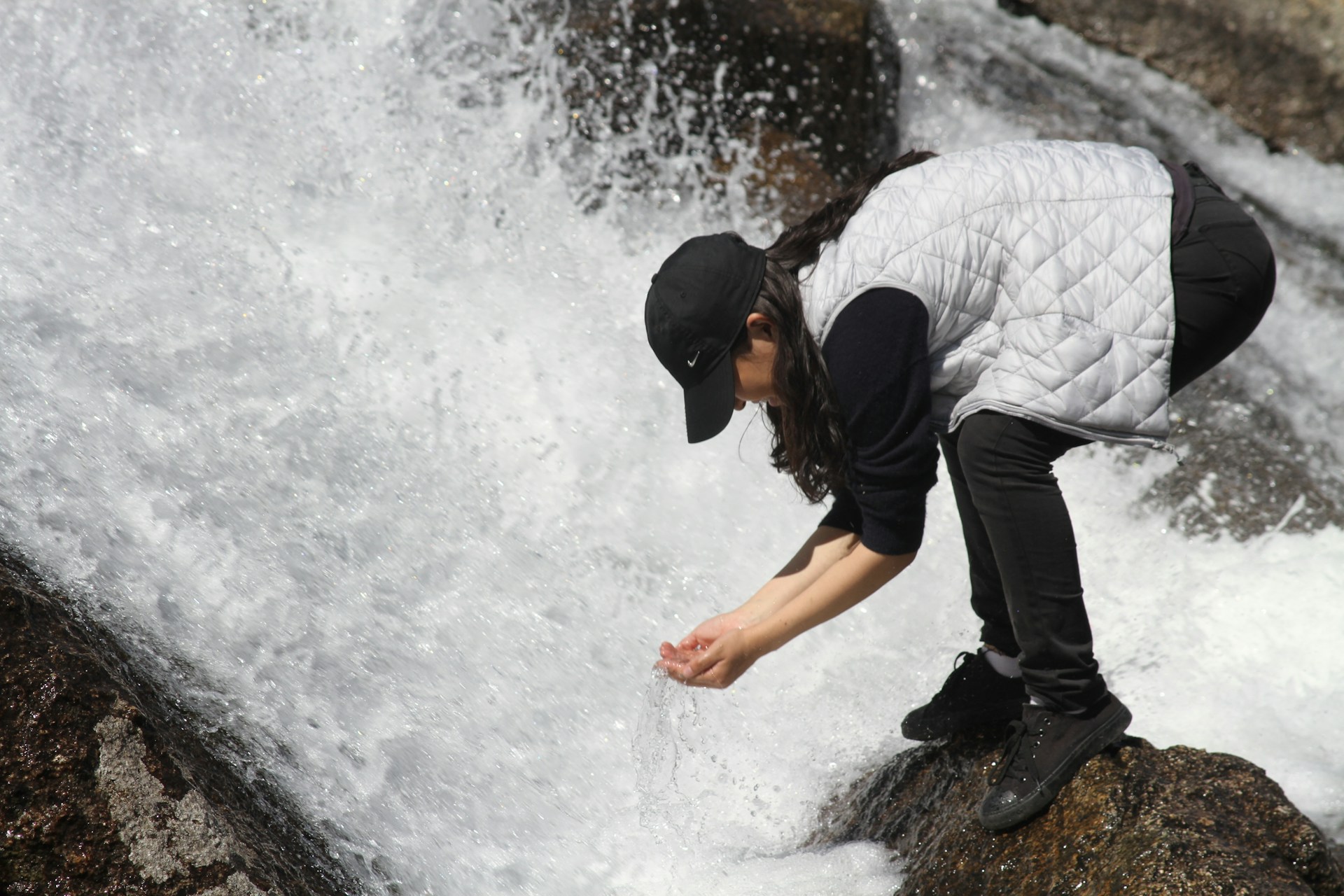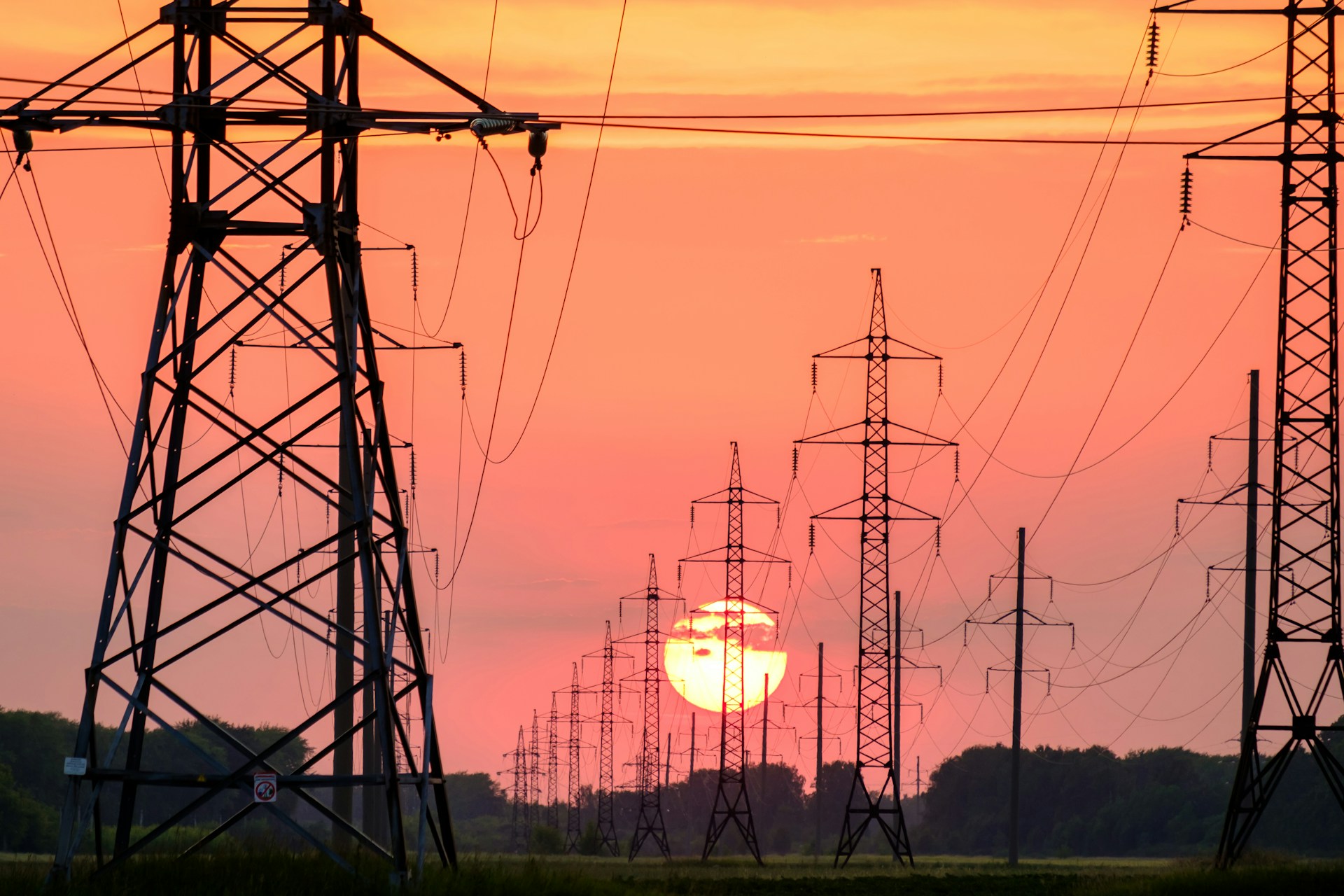Off The Grid
A Primer on Tactical Hand Signals for Team Communication

As Jack Morgan, I’ve found myself in more tight spots than I care to remember. From navigating treacherous mountain trails to evading predators in the wild, one thing has always remained crucial – communication. When words fail or simply aren’t an option, tactical hand signals can mean the difference between success and disaster. Today, I’m going to walk you through a primer on tactical hand signals for team communication.
First off, tactical hand signals are a type of non-verbal communication used primarily in military and law enforcement operations. However, they’re also incredibly useful in survival situations, especially when silence is paramount or when distance or environmental conditions make verbal communication impossible. They’re simple, effective, and once learned, they’re never forgotten.
Let’s start with the basics. The “Stop” signal is made by raising a clenched fist. This is paramount when you need your team to halt immediately due to impending danger or a change in plans. Conversely, the “Go” or “Move Forward” signal is given by waving your hand, fingers extended, over your shoulder towards your back.
Now, suppose you want to point out a specific direction. In that case, you use the “Direction or Point of Interest” signal. Extend your arm and point in the direction you want your team to focus on. If you want to signal a general direction or area, sweep your arm in that direction.
When you need to signal your team to get down or take cover, place your arm horizontally in front of your body and move it downward. This could be crucial when there’s incoming fire or a predator nearby.
The “Rally” or “Regroup” signal is essential for maintaining team cohesion. Raise your arm and make circular motions with your hand to signal your team to come to your position. This is particularly useful when you need to regroup after a sudden event or change in plans.
If you’re leading a team through the wilderness and want them to spread out to cover more ground or reduce the risk of detection, use the “Spread Out” or “Disperse” signal. Extend your arms out to the sides and move them outward.
In survival situations, you may need to signal your team to watch for danger or to be on high alert. For this, use the “Watch” or “Look” signal. Point to your eyes with two fingers and then point in the direction you want your team to observe.
Finally, there’s the “Sitrep” or “Status Report” signal. Tap your chest with your hand to request a status update from your team. This can be used to check on your team’s condition or to request a report on a specific situation.
Remember, the effectiveness of these signals relies heavily on your team’s understanding and practice. Before you head out on any expedition, take the time to teach these signals to your team and practice until they become second nature.
Tactical hand signals are a simple yet powerful tool in your survival toolkit. They can help maintain silence when necessary, overcome verbal communication barriers, and keep your team coordinated and informed. Whether you’re in a dense forest, a noisy urban environment, or facing a survival situation, these signals could make the difference between confusion and cohesion, between failure and success.
So, there you have it, folks – a primer on tactical hand signals for team communication. Remember, the wilderness is unforgiving, but with the right tools and knowledge, you can face any challenge it throws your way. Practice these signals, teach them to your team, and stay safe out there. Until next time, this is Jack Morgan, signing off.

Off The Grid
10 Survival Items Hiding in Your House Right Now

Your kitchen drawer might just be the best survival kit you never built
You don’t need to live in the wilderness or have a fancy bug-out bag to be prepared for an emergency. Most people already own half the tools they’d need to survive they’re just scattered across kitchen drawers, garages, and bathroom cabinets. The secret is knowing what you have and how to use it creatively. Here are ten everyday items that can turn into life-saving tools when things go sideways.
1. Garbage Bags
A simple trash bag can do more than hold waste. Use it as a rain poncho, emergency shelter, ground tarp, or even a water collector. Heavy-duty contractor bags can be stuffed with leaves for insulation or turned into makeshift sleeping bags.
2. Aluminum Foil
Foil is basically metal in your pocket. Wrap it around food to cook over open flame, fashion it into a bowl or wind guard, or use it to reflect heat toward your shelter. You can even fold a small square into a mirror for signaling.
3. Shoelaces
Strong, lightweight, and easy to find. Shoelaces can tie gear, hang food from trees, fix broken zippers, or become makeshift tourniquets. In survival situations, cordage is priceless and you’re probably wearing some right now.
4. Bleach
Unassuming but powerful, regular unscented bleach can disinfect surfaces and purify water. Add just 8 drops per gallon of clear water, mix well, and wait 30 minutes. (If it smells faintly of chlorine afterward, it’s safe to drink.)
5. Coffee Filters
Coffee filters aren’t just for caffeine lovers. They make excellent pre-filters for dirty water, help start fires when dry, and can even work as disposable plates or wound covers. Lightweight and cheap, they’re worth tossing in any emergency bag.
6. Duct Tape
If something’s broken, duct tape can probably fix it. Patch holes, secure splints, seal windows, or twist it into rope. It’s waterproof, durable, and compact a survival MVP in any scenario.
7. Plastic Bottles
Empty water bottles are more useful than they look. Use them to carry and purify water, as makeshift funnels, or to store dry goods. Fill one with water and set it in sunlight for a few hours the UV rays can kill bacteria naturally.
8. Vaseline and Cotton Balls
Together, they’re an instant fire starter. Coat a few cotton balls in petroleum jelly and store them in a small bag. Even in rain, they’ll ignite easily and burn long enough to get a fire going.
9. Paper Clips
A tiny metal multitool. Paper clips can pick locks, fix zippers, clean small gear, or act as hooks and fish lures. They’re proof that even office supplies can have survival value.
10. Hand Sanitizer
Besides keeping your hands germ-free, sanitizer with alcohol doubles as fire fuel. A small squeeze on kindling makes damp wood catch flame faster. Keep a travel bottle in your car or pocket, it’s hygiene and ignition in one.
Final Thought
Survival isn’t about buying gear it’s about using what’s already around you. The next time you open a junk drawer, look again. You might not see a mess; you might see a ready-made emergency kit hiding in plain sight. Being resourceful isn’t just thrifty, it’s one of the best survival skills you’ll ever have.
Off The Grid
What To Do When There’s No Water (And Everyone’s Panicking)

The Water Survival Guide: Finding, Filtering, and Storing the One Thing You Can’t Live Without
You can go weeks without food. Maybe months without sunlight. But go three days without water, and your body starts to shut down. In a real survival situation whether it’s a natural disaster, a grid failure, or getting lost outdoors clean water isn’t optional. It’s the first and most important thing you need to secure.
This guide breaks it down into something simple and doable: how to find, filter, and store safe drinking water anywhere.
1. Finding Water When There’s None in Sight
When the taps stop running, it’s time to think like nature. Start by looking downhill. Water always follows gravity. Watch for damp soil, thick green vegetation, or insect activity these are signs there’s water nearby.
If you’re outdoors, collect rainwater anytime you can. Lay out plastic sheets, ponchos, or even trash bags to funnel it into containers. In the morning, you can also gather condensation by wrapping a T-shirt or towel around grass or branches and wringing out the moisture.
In urban settings, drainpipes, water heaters, and toilet tanks (not the bowl) can provide clean, stored water in an emergency.
2. Filtering and Purifying
Finding water is only half the job making it safe is what keeps you alive. Clear-looking water can still contain bacteria, chemicals, or parasites. The rule of thumb: If you didn’t see it come out of a sealed bottle, purify it.
Here are the main ways:
- Boiling: The oldest and most effective method. Bring water to a rolling boil for at least one minute (three if you’re at high altitude).
- Bleach: Add 8 drops of regular, unscented bleach per gallon of water. Wait 30 minutes before drinking.
- Filters: Portable straw filters, gravity filters, or ceramic pumps remove most contaminants. Always follow up with chemical treatment if possible.
- Improvised options: Pour water through layers of cloth, sand, or charcoal to remove sediment before purification.
3. Storing Water for the Long Haul
Once you’ve got clean water, store it like it’s liquid gold. Use food-grade plastic containers, glass jugs, or heavy-duty bottles with tight seals. Keep them in a cool, dark place away from chemicals and direct sunlight.
A good goal is one gallon per person per day half for drinking, half for cooking and hygiene. Rotate your supply every six months to keep it fresh.
The “Clean Water Anywhere” Method
If you forget everything else, remember this three-step formula:
Find it. Clean it. Protect it.
Locate a source, purify it before you drink, and store it safely for when things get worse.
Final Thought
Water is the ultimate equalizer. It doesn’t care how strong, rich, or prepared you are without it, nothing else matters. Learn how to find and protect it now, before you ever have to. Because when the world runs dry, those who know how to stay hydrated will be the ones who stay alive.
Off The Grid
What Would You Do If the Grid Went Down Tomorrow?

How to Survive the First 24 Hours Without Electricity
Picture this: you wake up and nothing works. The lights don’t turn on. Your phone’s dead. The fridge hum is gone, and the tap only spits air. You check outside streetlights, silent houses, blank car alarms. It’s not just your house. The entire grid is down.
Sounds dramatic, right? But blackouts happen all the time, and most people are wildly unprepared for even a few hours without power. The key to surviving a real grid-down event isn’t stockpiling gadgets it’s knowing how to stay calm and use what you already have wisely.
Hour 1–3: Don’t Panic, Get Oriented
The first few hours are about awareness. Check your surroundings. Is it just your block or the entire city? Turn off and unplug major appliances to protect them from a surge when the power returns. Use your phone sparingly battery power becomes gold.
Start filling containers, bathtubs, and pots with water. When the grid fails, municipal pumps stop working fast. You’ll want every drop you can store.
Hour 4–8: Secure Light and Warmth
Once the sun starts dropping, light becomes your lifeline. Use flashlights, candles, or headlamps never burn open flames near flammable surfaces. If it’s cold, layer clothing and block drafts instead of wasting energy trying to heat a room. If it’s hot, stay hydrated and open shaded windows for airflow.
Now’s also the time to check on neighbors, especially anyone older or living alone. Community awareness is survival in disguise.
Hour 9–16: Protect Your Food and Water
Your fridge will stay cold for about four hours your freezer for about a day, if unopened. Group food together to preserve cold air and start eating perishables first. Keep bottled water handy, and if you have a gas or charcoal grill, that’s your new kitchen.
Stay inside if possible; confusion and panic can spread quickly outside when communication fails.
Hour 17–24: Rest and Reset
As night falls, light discipline matters. Too much brightness could attract attention if things get tense. Conserve power, stay quiet, and rest. Tomorrow, you’ll need clear thinking to find information, help, or supplies.
Grid-Down Checklist
✅ Store water before pressure drops
✅ Conserve phone battery
✅ Secure light and warmth
✅ Eat perishables first
✅ Check on neighbors
✅ Stay calm and rest
When the lights go out, the people who do best aren’t the ones with the most gear they’re the ones who keep their heads and think clearly. Preparation starts now, not when the power dies.
-

 Tactical2 years ago
Tactical2 years ago70-Year-Old Fends Off Intruder with Lead-Powered Message
-

 Tactical2 years ago
Tactical2 years agoVape Shop Employee Confronts Armed Crooks, Sends Them Running
-

 Preparedness1 year ago
Preparedness1 year agoEx-Ballerina’s Guilty Verdict Sends Tremors Through Gun-Owner Community
-

 Off The Grid3 weeks ago
Off The Grid3 weeks ago10 Foods That Could Save Your Life When Grocery Shelves Are Empty
-

 Preparedness1 year ago
Preparedness1 year agoGood Samaritan Saves Trooper in Harrowing Interstate Confrontation
-

 Tactical2 years ago
Tactical2 years agoMidnight SUV Theft Interrupted by Armed Homeowner’s Retaliation
-

 Preparedness5 months ago
Preparedness5 months agoHow Much Gasoline Should You Store for Emergencies?
-

 Survival Stories2 years ago
Survival Stories2 years agoEmily’s 30-Day Experience of Being Stranded on a Desert Island